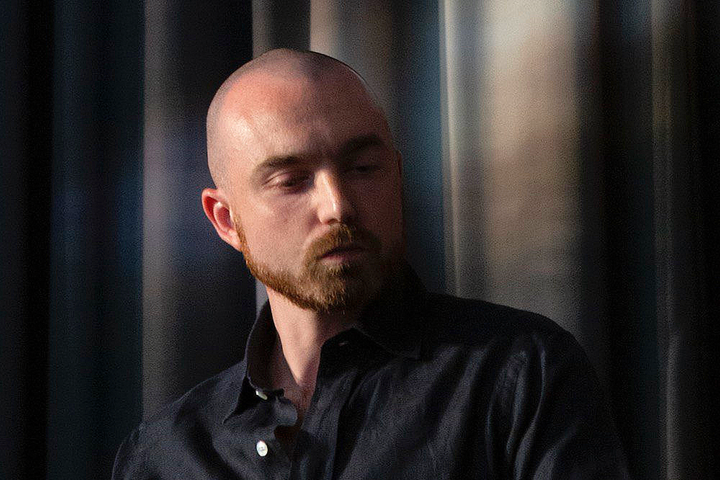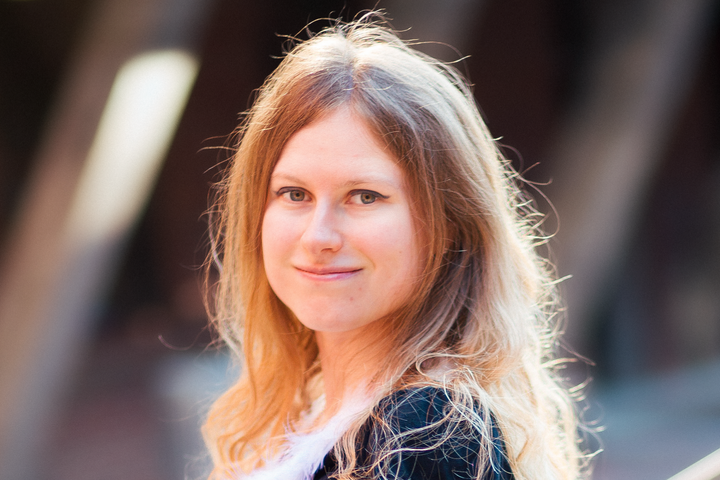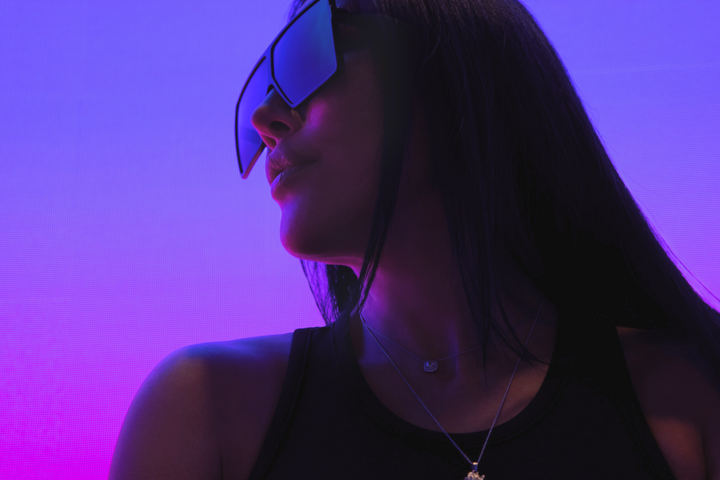Predicting the Increasing Popularity of Digital Art for a Bright Technological Future

Interview With Gillian Howard, Founder of Digital Art Fair in Hong Kong
What is the business model of the Digital Art Fair?
We became the pioneers of the Web3 art business when we inaugurated the fair last year in Hong Kong. As do traditional art fairs, we also work with galleries. However, we see them as partners, working together to get onto the tech side of the art business. Web3 greatly emphasizes collaboration. We provide them with technical support and connect them to the tech-savvy new generation of artists, art lovers, and collectors. It’s not necessarily about selling expensive art, but more about showcasing pieces that are relevant to our contemporary times.
In previous interviews you talk a lot about the past and the future, what about the present, what kind of art-entrepreneur are you?
Metaverse exists forever. Once an artwork is minted, you cannot–or it’s nearly impossible to–erase it out. Therefore, it allows us to preserve heritage with a relatively low price compared to physical collecting. Feeling hopeful for what’s to come, the belief that technology can advance art and culture and continue to change the way we look at art is what drove me to start the Digital Art Fair. I want to bring changes to the art world, and I believe technology can help.
I love that you often mention your humble beginnings, especially in the context of the art world’s hunger for status and Hong Kong’s drive for business success, please could you expand on your journey and how it fuels your values today?
My father’s side of the family was in politics for generations, in southern China. In the 1950s, my grandfather decided to move to Hong Kong and start all over from nothing. I was born and raised in Hong Kong, and I grew up with very little but the values that were passed down from my family. I learned from my father that we should always do things that benefit future generations and not focus on instant gratification. I trained as a journalist, and I worked as a reporter and broadcaster before I decided to devote myself to art. I love the freedom of art.
You break the offerings of the Digital Art Fair in four categories: Blockchain, Virtual Reality, Augmented Reality, and 3D Projection, what’s your favorite?
The rapid development of these technologies contributed greatly to the development of how art is being consumed and experienced, allowing the transaction and experience of artworks that do not exist physically. If I were to pick a favorite, it would be 3D projections, as it gives artworks more warmth by pulling people together.
What is your advice when it comes to collecting digital art?
When I collect art, I look for pieces that I would want to showcase or display at home. Genuine artists doing real work and impactful projects really matter to me, while price is not the most important factor. It’s about art history, the life of the artist, and also the special meaning of their art in terms of concept, culture, or society. Ultimately, collecting digital art is similar to collecting other forms of art.
What’s your take on opportunistic and loud expensive collectible projects in the NFT space?
There are certain collectible projects that contain historical meaning for art history. We have entered a new era and we have to accept it, no matter if we agree with its esthetic value or not. Only time will tell.
What do you say to those who doubt the long-term success of cryptocurrencies?
One thing that I’m sure of is that technology is going to be the future of art and digital art will become more popular as technology is changing all aspects of life. It may take a bit more time for some people to realize it. Throughout history, people always casted doubt whenever they saw new inventions coming out; decades ago, people wouldn’t have imagined how the Internet would work. When I started the project 3 years ago, no one believed in NFTs or the metaverse. Looking back, I am amazed at how many people, brands, and businesses believe in Web3 now. But I have to stress that the development of digital art is not about replacing traditional art. It’s about opening more possibilities.
What are the most represented blockchains at the art fair?
Ethereum remains dominant in the digital art market. But we do see more blockchains coming up such as Solana, Polygon, BSN, and more.
Cryptocurrencies have been banned in China for a year. How are you taking this into your strategy for the digital art fair’s future?
Digital art does not equal NFT and cryptocurrency. For example, auction houses such as Sotheby’s also take fiat money for digital artwork transactions. Cryptocurrencies may be banned in China but the country has its own blockchain platform, BSN, that we can make use of. The Digital Art Fair is still at the very early stage of its journey and I have a long list of technologies I am looking forward to developing! For instance, we are building an art exchange as well as continuing VR and Metaverse integration for galleries and artists.
Gillian Au Howard is the Founder and Global Fair Director of Digital Art Fair (2020). Prior to this, Gillian was accomplished in international fine galleries, museum and private collections management. She has studied Global Art Business with the Sotheby's Institute of Art in London.



